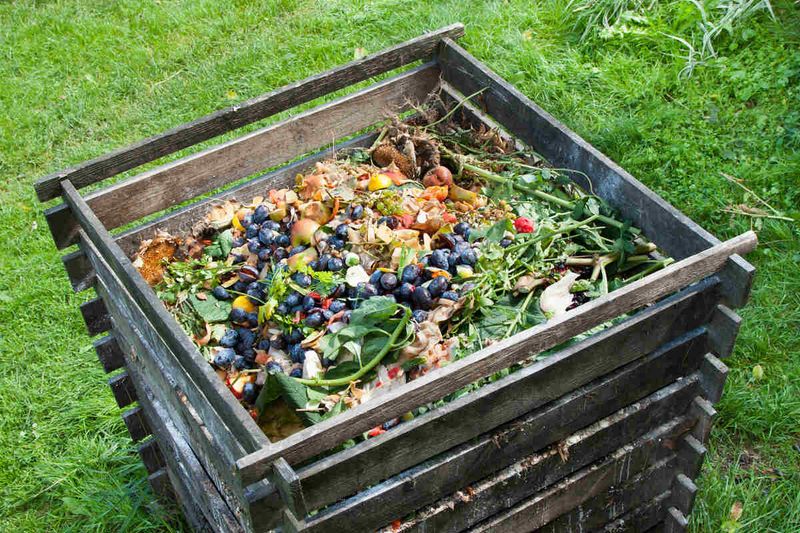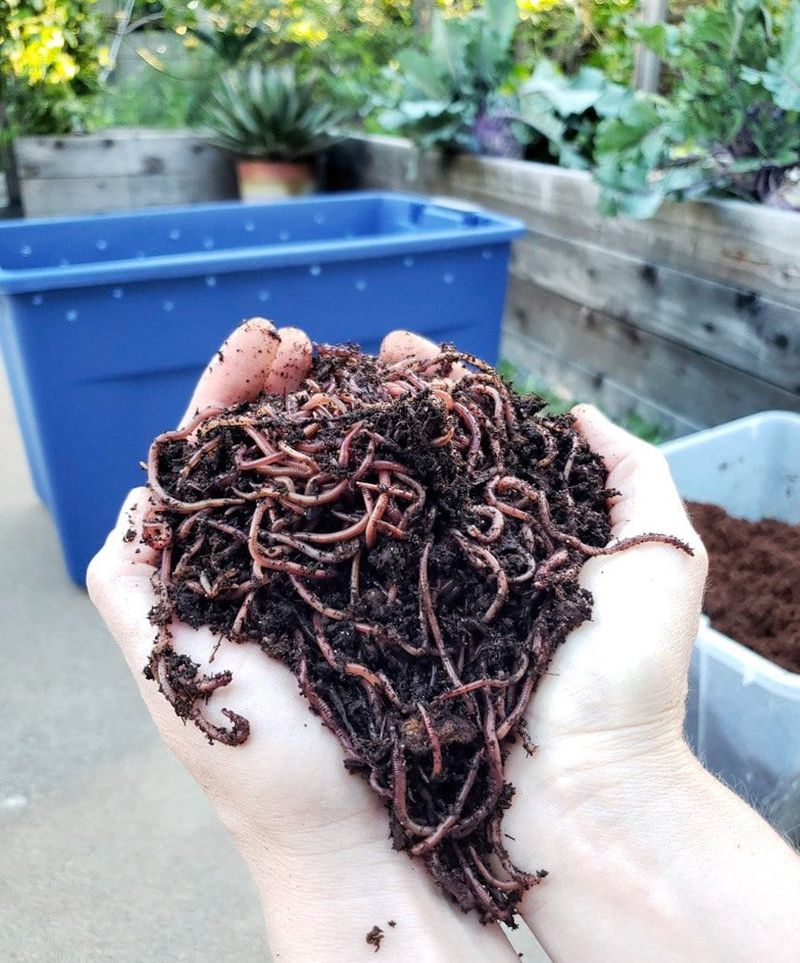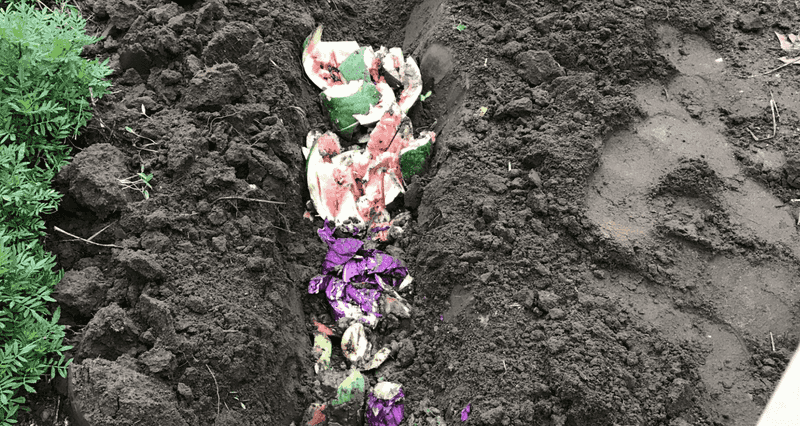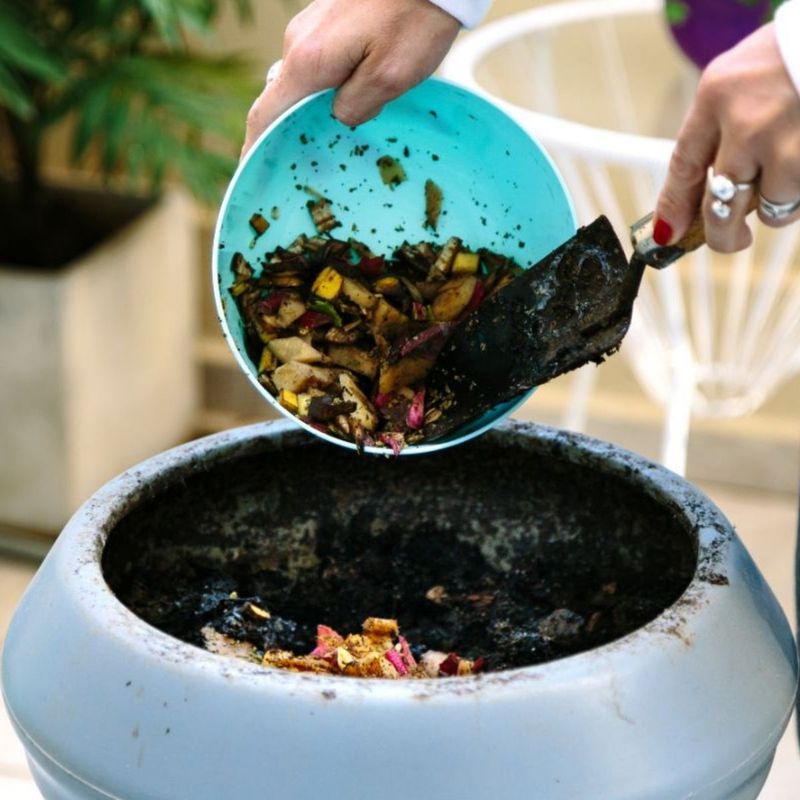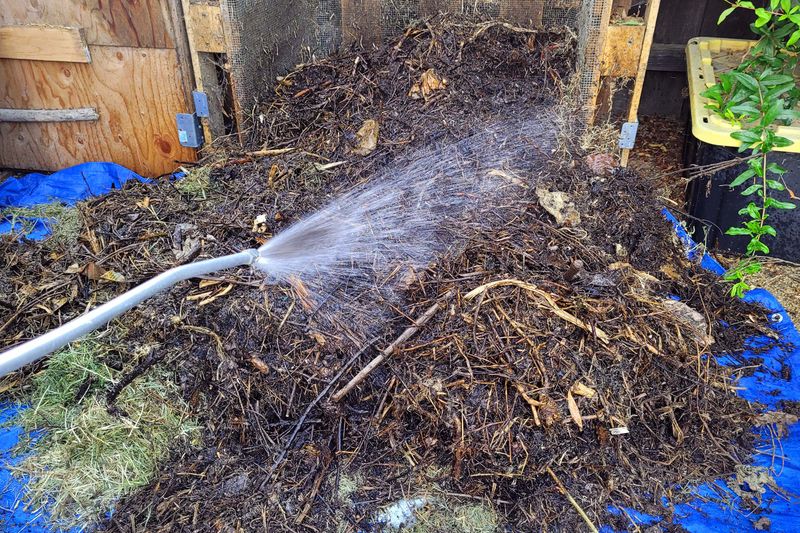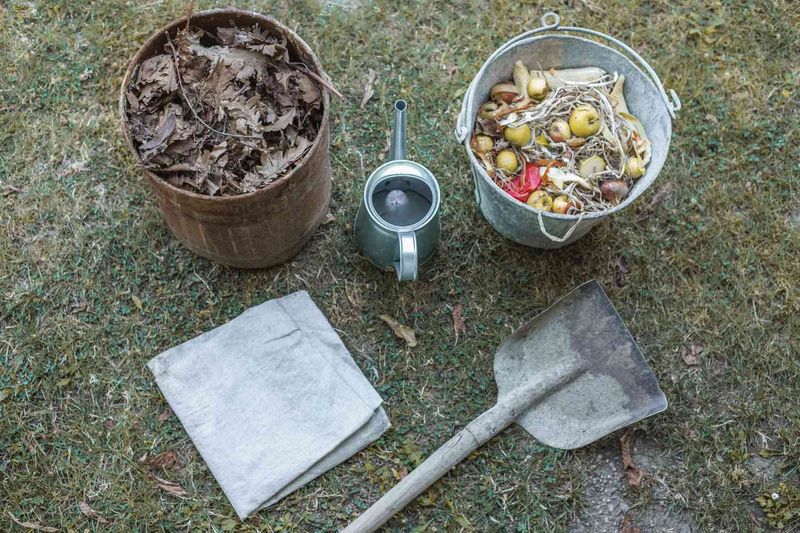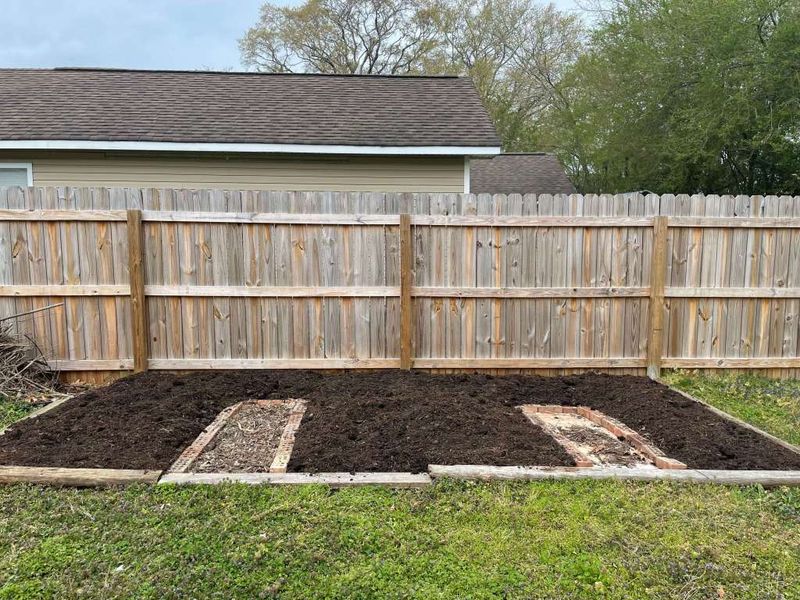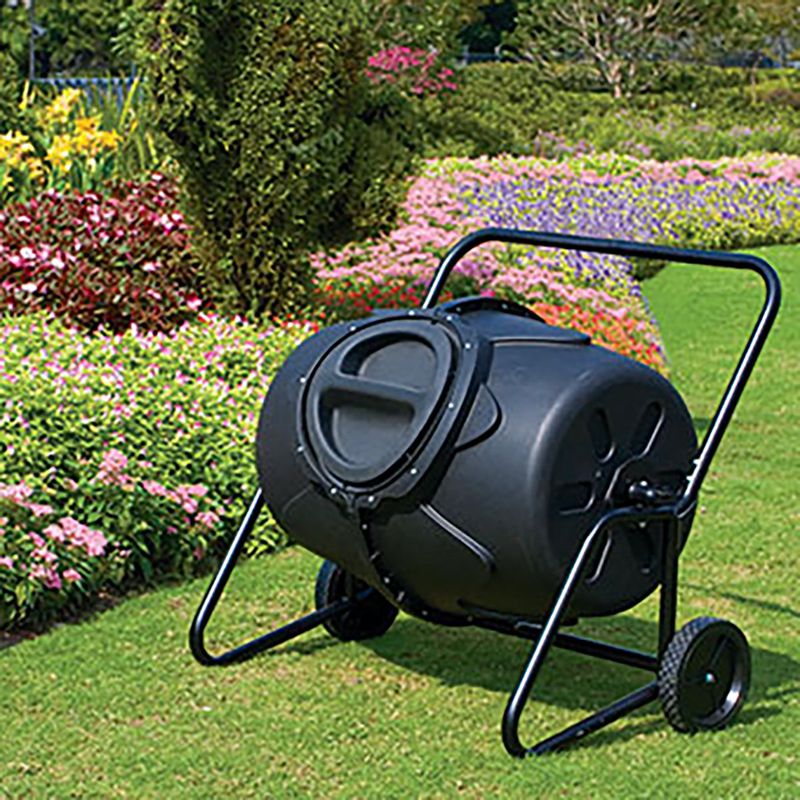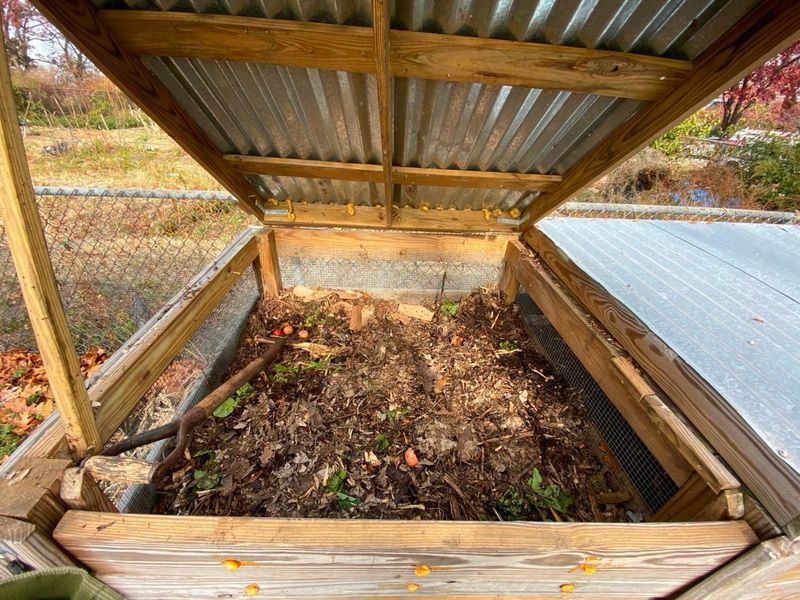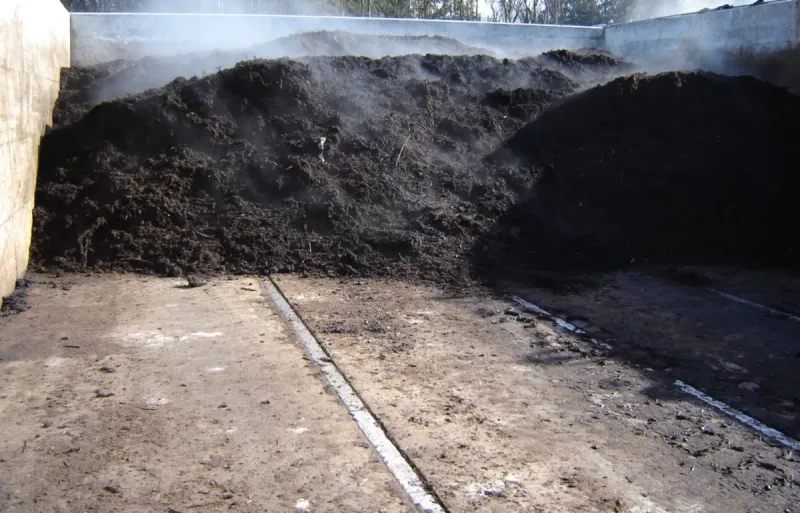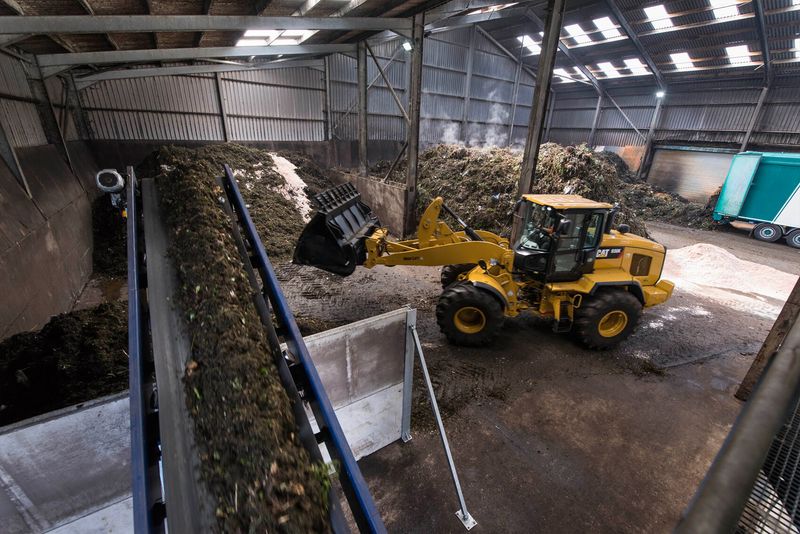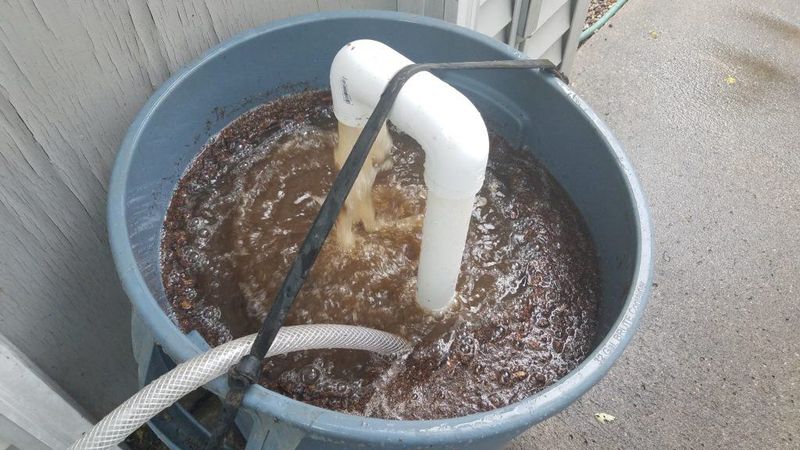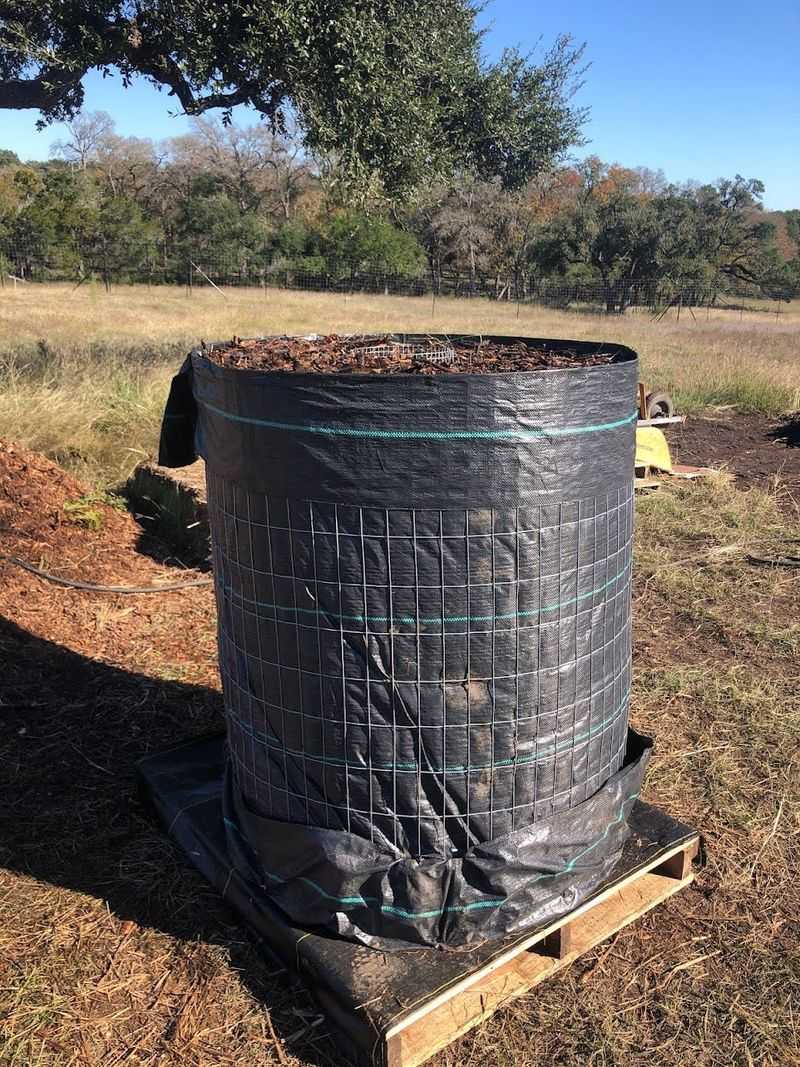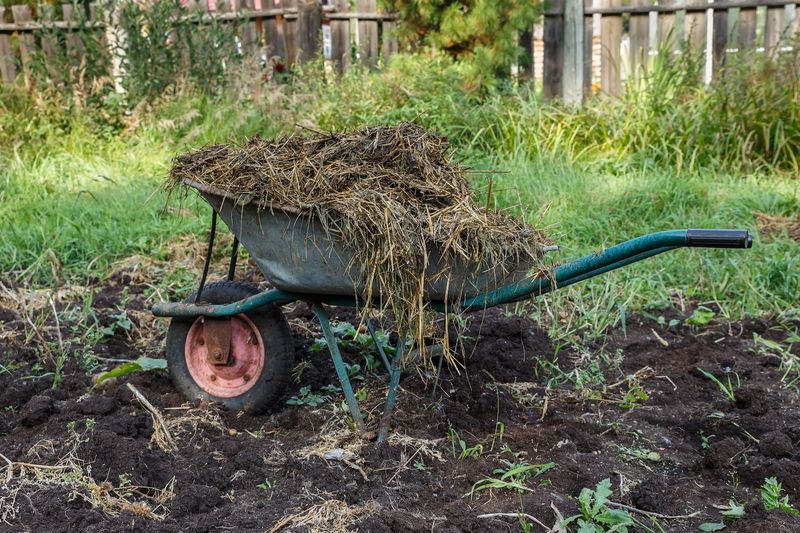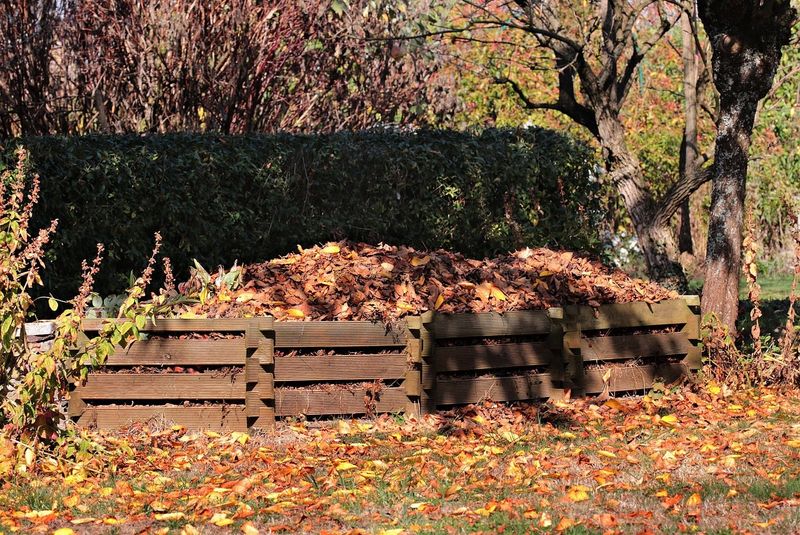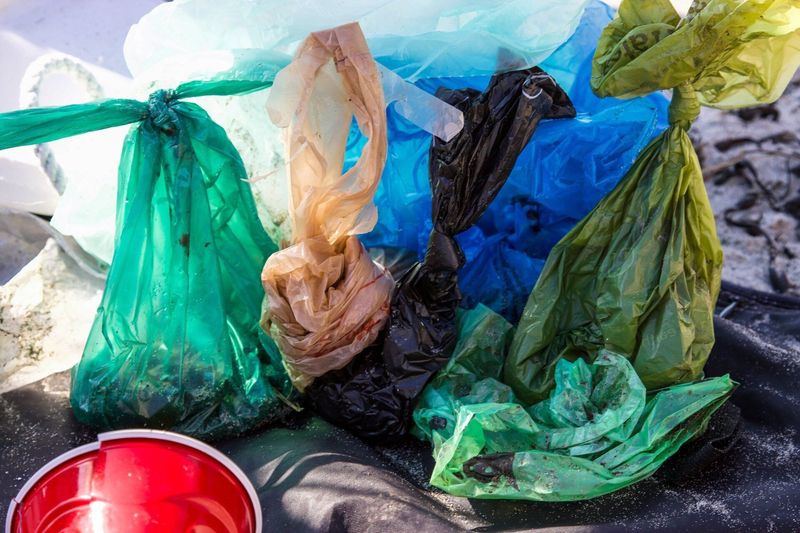Composting isn’t just about tossing scraps into a pile and hoping for the best—it’s a thoughtful (and often fun) way to turn everyday waste into black gold for your garden. Composting helps reduce waste while feeding your soil with natural goodness.
But here’s the thing: not every composting method is going to fit your lifestyle, space, or level of patience. Some are super simple and perfect for busy beginners, while others are more involved (but deeply satisfying if you’re the hands-on type).
In this guide, we’ll walk through 17 different composting techniques—from low-effort bins to clever systems you might not have heard of. And just to keep it real, we’ll also point out two methods that, while popular in theory, often end up being more trouble than they’re worth for most people.
1. Backyard Composting
Backyard composting is a classic method, perfect for those with ample outdoor space. It involves collecting organic waste like kitchen scraps and yard trimmings in a compost bin or pile. This method works best with a balance of green and brown materials.
Be patient; it takes several months for the compost to mature. Regular turning aerates the pile, speeding up decomposition. The reward? Rich, dark compost that can enrich garden soil. Low-cost and environmentally friendly, it’s an ideal option for eco-conscious gardeners.
Just remember to maintain moisture levels, especially during dry spells.
2. Vermicomposting
Vermicomposting utilizes red worms to break down organic matter, making it perfect for indoor spaces. This method is efficient and produces high-quality compost called worm castings.
A small bin and regular feeding keep the worms happy. It’s an engaging project, especially in urban settings where outdoor composting isn’t feasible.
Worm castings are incredibly beneficial for plants, improving soil structure and fertility. With minimal odor and maintenance, vermicomposting is both fun and practical. It’s an excellent choice for apartment dwellers and gardening enthusiasts alike.
3. Trench Composting
Trench composting involves digging trenches in your garden and burying kitchen waste directly in the soil. This method enriches the soil right where plants will grow, providing nutrients as they decompose.
It’s a no-fuss approach, requiring minimal effort and no bins or equipment. Suitable for those who garden regularly, it eliminates visible compost piles.
Over time, the buried waste breaks down, enhancing soil health and plant growth. Perfect for vegetable gardens, trench composting is both practical and efficient, offering a discreet way to recycle organic waste.
4. Bokashi Composting
Bokashi composting is a fermentation process that uses a special bran to decompose food waste. This method is ideal for kitchens and can handle a wide range of organic materials, including meat and dairy.
Fermentation occurs in a sealed bin, minimizing odors and pests. After a few weeks, the pre-compost material can be buried or added to a traditional compost pile.
It’s a swift, odorless process that fits well in small spaces. For those seeking an indoor solution, Bokashi offers a convenient and effective way to manage food waste.
5. Hot Composting
Hot composting accelerates decomposition through high temperatures, producing compost in weeks rather than months. This method requires a balanced mix of green and brown materials and regular turning to maintain heat.
Though labor-intensive, it yields rich compost quickly, making it suitable for avid gardeners. The high temperatures kill weed seeds and pathogens, ensuring a healthy end product.
With careful management, hot composting transforms waste into valuable soil amendment efficiently. It’s perfect for those with large amounts of organic material and the desire for speedy results.
6. Cold Composting
Cold composting is a laid-back approach, requiring minimal effort and time. Simply pile organic waste in a corner, and let nature take its course.
This method suits those with limited time or interest in active composting. It requires patience, as decomposition can take a year or more. The resulting compost enriches garden soil, though it may contain weed seeds.
Cold composting is perfect for busy gardeners, offering a low-maintenance way to recycle organic waste. Just be prepared to wait for the benefits as nature does its work at a leisurely pace.
7. Sheet Mulching
Sheet mulching, also known as lasagna gardening, involves layering organic materials like cardboard, straw, and compost directly onto the soil. This technique suppresses weeds and improves soil fertility over time.
It’s a straightforward method, perfect for establishing new garden beds. No tilling is required, preserving soil structure and microbial life.
The layers decompose in place, creating rich, loamy soil ideal for planting. Suitable for both beginners and seasoned gardeners, sheet mulching offers a sustainable way to enhance soil health and manage waste.
8. Compost Tumbler
A compost tumbler offers a tidy, efficient way to produce compost. These sealed containers rotate, aerating materials and speeding up decomposition.
Ideal for small spaces, they minimize mess and odor. Simply add organic waste and turn the tumbler regularly. Within weeks, you’ll have ready-to-use compost.
This method is perfect for urban gardeners or those wanting a low-maintenance option. Though the initial investment may be higher, the convenience and speed make it worthwhile. Compost tumblers are a great choice for those seeking a clean, efficient composting solution.
9. Community Composting
Community composting brings people together to recycle organic waste collectively. Shared compost bins in community gardens or neighborhoods allow everyone to contribute.
This method fosters collaboration and environmental awareness. It’s a great way to manage waste in urban areas with limited space. Participants share responsibilities and benefits, creating a sense of community.
The resulting compost supports communal gardens, enriching the soil and promoting local food production. Community composting is ideal for those who enjoy working with others and contributing to sustainability efforts.
10. Aerated Static Pile Composting
Aerated static pile composting uses a blower system to supply air, speeding up decomposition without turning. This method is suited for large-scale operations, such as farms or municipalities.
The process requires careful management of materials and airflow but produces compost quickly. It’s efficient but not practical for most home gardeners due to equipment needs.
Ideal for those managing large amounts of organic waste, it ensures thorough decomposition and pathogen control. Though effective, it’s best left to professional or community settings rather than individual households.
11. In-Vessel Composting
In-vessel composting occurs in a controlled, enclosed environment, ideal for urban areas or institutions. This method ensures rapid decomposition and odor control.
The process can handle diverse materials, including food scraps and biosolids, making it versatile. However, it requires specialized equipment and expertise, limiting its feasibility for individual gardeners.
For those needing efficient, large-scale composting, in-vessel systems offer a clean, precise solution. Best suited for commercial use, it’s not practical for typical home composting needs but serves city and industrial demands well.
12. Black Soldier Fly Composting
Black soldier fly composting harnesses larvae to break down organic waste rapidly. The larvae convert waste into valuable compost and protein-rich feed for animals.
While efficient, it requires specific conditions and management, including temperature and moisture control. Not suitable for the squeamish, it’s best for those comfortable with insect farming.
The method is sustainable, reducing waste and providing animal feed. It’s a niche technique, better suited for experimental gardeners or those with specific needs rather than everyday composting.
13. Compost Tea
Compost tea is a liquid extract made by steeping compost in water, used as a natural fertilizer and soil conditioner. This process extracts nutrients and beneficial microbes, enhancing plant growth.
Brewing requires aeration over a few days, creating a rich, beneficial solution. It’s an excellent method for those wanting to boost plant health without chemical fertilizers.
Compost tea can be applied as a foliar spray or soil drench, offering versatility in application. Perfect for organic gardeners, it provides a natural, eco-friendly way to nourish gardens.
14. Johnson-Su Bioreactor
The Johnson-Su bioreactor is designed to produce high-quality compost with minimal turning. This cylindrical system maintains moisture and aeration, ensuring efficient decomposition.
It suits those willing to invest in a specific setup for optimal results. The compost produced is rich in microbial life, enhancing soil health significantly.
Though it requires initial effort to build, the low-maintenance nature makes it appealing. Perfect for dedicated gardeners seeking superior compost quality without constant attention.
15. Animal Manure Composting
Animal manure composting recycles livestock waste into valuable fertilizer. This method is common on farms, where manure is readily available.
The composting process reduces pathogens and enhances nutrient content, making it suitable for enriching agricultural soils. However, it requires management to prevent odors and runoff.
Ideal for those with access to farm waste, it turns a waste product into a resource. Best suited for rural settings, it’s effective but less practical for typical home gardens.
16. Leaf Mold Composting
Leaf mold composting is a simple technique that uses fallen leaves to create a rich soil amendment. Pile leaves in a corner and let them decompose over time.
The resulting leaf mold improves soil structure and water retention, benefiting gardens and landscapes. It’s a slow process, taking a year or more, but requires no effort beyond initial piling.
Ideal for those with ample leaves, it offers a sustainable way to recycle yard waste. Perfect for patient gardeners seeking to enhance soil naturally, without the need for complex equipment.
17. Electric Kitchen Composter
Electric kitchen composters promise quick, odorless composting indoors. However, they often fall short, producing a dry, partially decomposed material rather than true compost.
These devices require electricity and can be expensive, both to purchase and operate. While convenient, they don’t offer the natural richness of traditional composting.
For many, the cost and limited output make them an impractical choice. Better suited for novelty than serious gardening, electric composters rarely satisfy the needs of dedicated composters.
18. Pet Waste Composting
Pet waste composting seems like an eco-friendly solution but poses significant challenges. Pathogens in pet waste require careful management to avoid health risks.
Most home systems lack the proper conditions to safely process pet waste, leading to potential hazards. The resulting compost is often unsuitable for use in food gardens.
For these reasons, pet waste composting is generally not worth the effort for home gardeners. It’s complex and risky, best avoided unless professionally managed. Safer alternatives exist for those wanting to dispose of pet waste responsibly.


